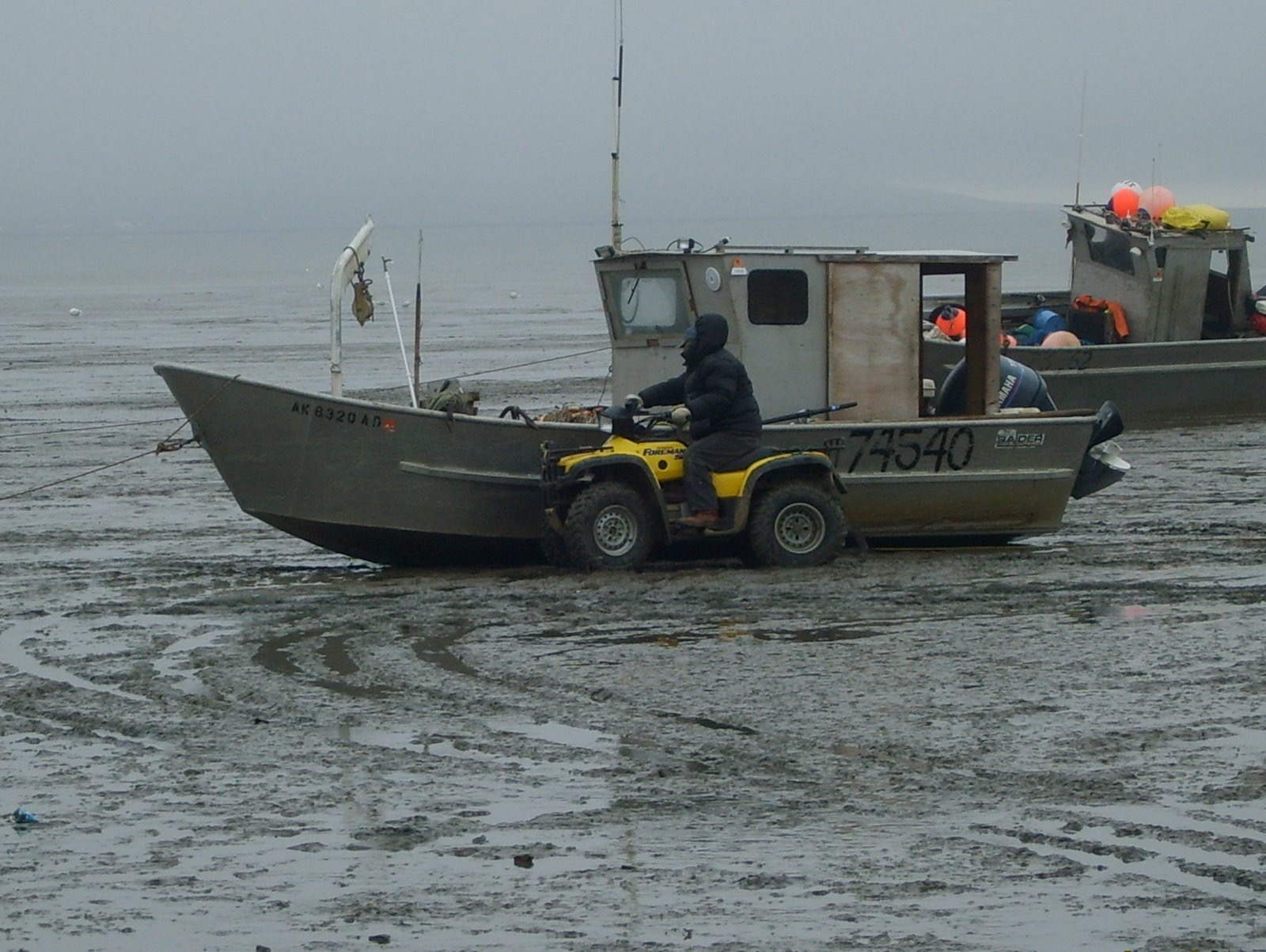In early 2018, nine nations and the European Union signed the Central Arctic Ocean Fisheries Agreement – officially known as Agreement to Prevent Unregulated High Seas Fisheries in the Central Arctic Ocean – which limits fishing in the high seas area of the Arctic to research. After ratification the agreement went into effect on June 25, 2021.
In addition to the countries that border the Arctic Ocean – the U.S., Canada, Norway, Denmark (Greenland) and Russia, signatories to the agreement include Iceland, Japan, Korea, and China, which has signaled its intention to play a significant role in the region as a “near Arctic State.”
Evan Bloom, the former acting director for ocean and polar affairs at the U.S. State Department and a fellow at the Wilson Center in Washington, D.C., notes that Russia’s invasion of Ukraine and China’s well-documented, aggressive illegal, unreported and unregulated fishing are concerns, but that the agreement is holding up.
“The Central Arctic Ocean Fisheries Agreement is an area of Arctic cooperation that is going better than most in the Arctic and involves both Russia and China,” says Bloom. “The parties held their first conference in November in Seoul, and the Russians sent a delegation, as did China at relatively senior level.”
Bloom notes that while Russia’s war in Ukraine has led to a breakdown in cooperation on other fronts in the Arctic, particularly regarding relationships among indigenous groups in Russia and the rest of the circumpolar region, the fisheries agreement is a bright spot among Arctic relations. “Russia probably values being able to participate in the CAOFA treaty regime, showing that it still has a role in regional affairs despite the Ukraine conflict.”
Bloom points out that while Russia’s February 2022 invasion of Ukraine has limited some bilateral aspects of cooperation on fishing – Canada, the EU, Iceland, and the United States quickly barred Russian fishing vessels from entering their ports, the Faroe Islands and Norway have retained entry rights for fishing vessels to keep bilateral management of fish stocks open.
“Similarly, China as a non-Arctic state would find value in participating in an agreement with Arctic States, demonstrating its role in the region,” says Bloom. “Of course, there is always concern when it comes to China, but less so in the near term for the CAO as there has been no commercial fishery there, and it appears unlikely to have sufficient stocks to support one for a while.”
An analysis by the U.S. global think tank group Rand Corporation is more cautious.
“Several studies show that various fish species have the potential to move from the sub-Arctic region to the Arctic or to expand in the Arctic, as a result of climate change,” says a Rand report.
“Whether these species, and their numbers, would be sufficiently attractive to China to seek to end to the moratorium and open negotiations, instead, on an Arctic fisheries management system, is unknown at this point.”







